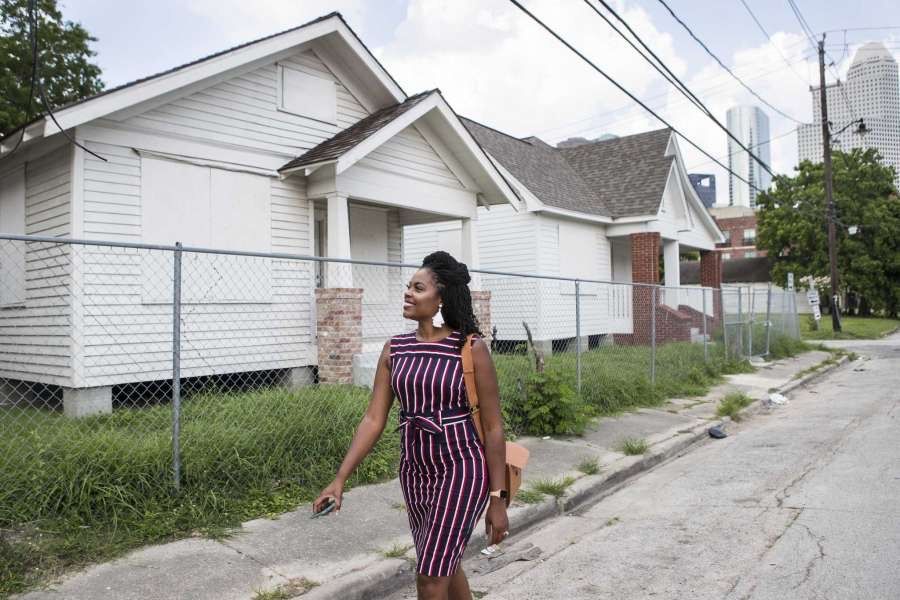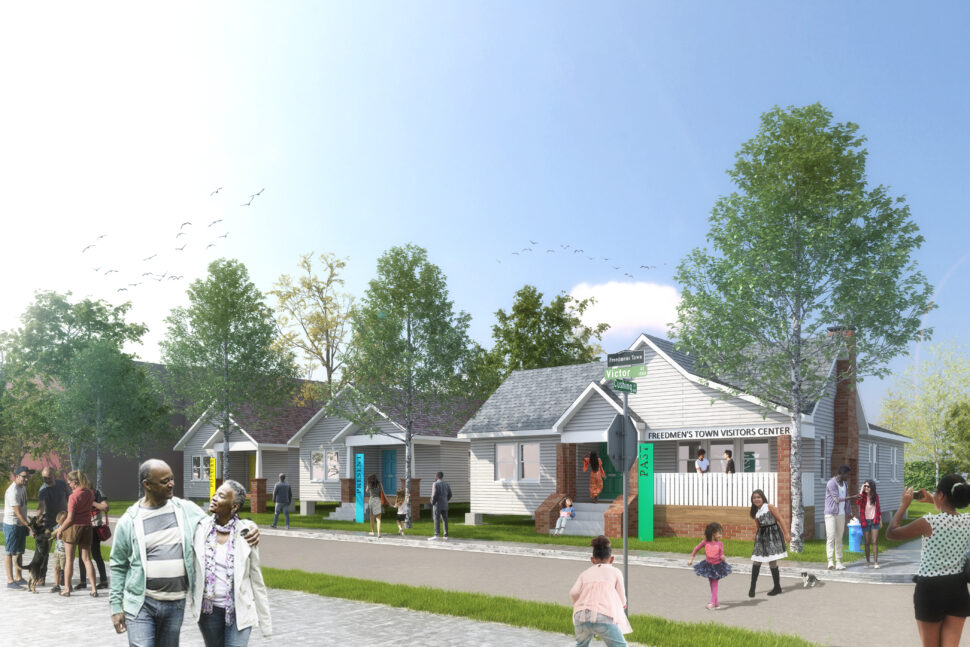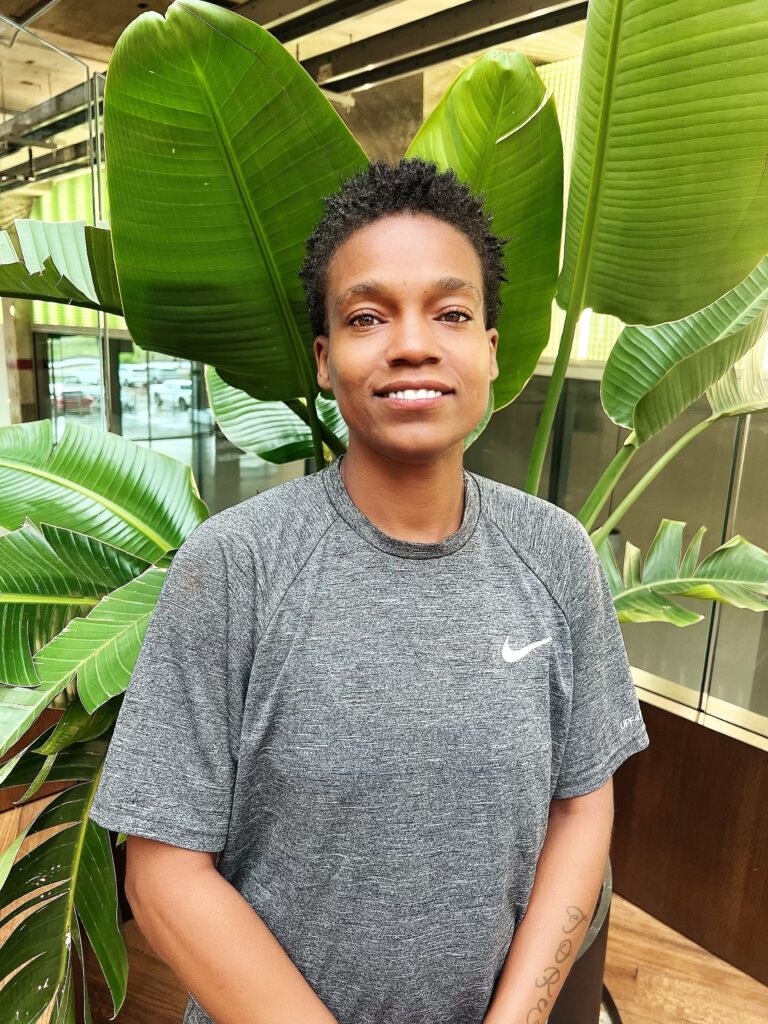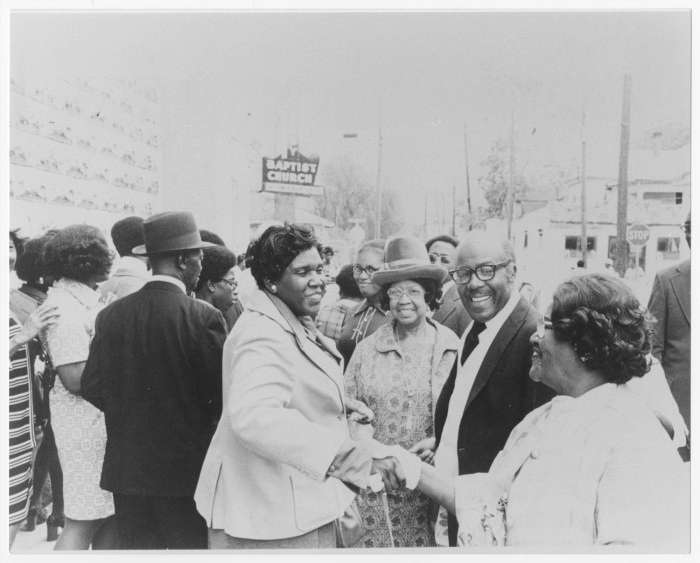In the annals of our nation’s history, a recurrent narrative unfolds—a tale of destruction befalling cities and communities predominantly inhabited by Black individuals once they attained their hard-won freedom. From Rosewood, Florida to Tulsa, these vibrant enclaves were lost to the relentless forces of hatred. Regrettably, within the heart of Houston’s Fourth Ward, another chapter of this hidden history lingers—the remarkable legend of Freedmen’s Town.
Within its confines, nearly 1,000 formerly enslaved individuals gathered, forging a sanctuary where they could revel in newfound liberty and construct a promising future for themselves and their progeny. Freedmen’s Town flourished with a rich tapestry of homes, schools, churches, businesses, and brick-paved streets. By the early 1900s, 94% of the properties in Freedmen’s Town were resident-owned, establishing a substantial Black middle class.

Reverend Jack Yates, a prominent figure in the community, built the first two-story home in Black Houston in 1870. He also founded the Antioch Missionary Baptist Church and established the Houston Academy, the city’s inaugural school for African American children. Freedmen’s Town led to prominent individuals in Houston, such as skilled doctors, ministers, jazz musicians, successful businesspeople, and lawyers. One noteworthy figure was Emmet J. Scott, a respected author and trusted assistant to Booker T. Washington. Born in Freedmen’s Town, Scott was later elected secretary of the National Negro Business League in 1901.
During its prime, Freedmen’s Town was home to an astonishing 95% of Black Houstonians by 1880. By the 1930s, the community had birthed over 400 Black-owned businesses, earning its moniker as the “Mother Ward” and the “Harlem of the South.” Its significance and impact on the city’s cultural and economic landscape cannot be overstated.
The Restoration Of Freedmen’s Town Through The Freedmen’s Town Conservancy
Under the leadership of Charonda Johnson, Vice President, and civil engineer Zion Escobar, Executive Director, the Historic Freedmen’s Town Conservancy emerges as a formidable force dedicated to preserving the storied neighborhood of Freedmen’s Town in Houston.
With a pressing need for funding and legal protections to ensure sensitive redevelopment, the conservancy is a vital advocate for the community. By cultivating relationships with local, federal, and national governments and potential funders, the conservancy strives to secure the rightful recognition and preservation of this invaluable cultural treasure. The scarcity of historical spaces representing the emancipated Black population’s history is a poignant disparity in the American narrative.

Empowered with sufficient capital, the conservancy envisions forging new avenues of revenue while also championing vital funding for essential infrastructure improvements and legal safeguards. Without a united voice, Freedmen’s Town confronts the peril of relinquishing potential resources and succumbing to insensitive development. The community grapples with escalating housing costs, crumbling infrastructure, demolitions, and the unsettling specter of displacement. In response, the conservancy galvanizes its efforts to acquire properties, paving the way for Black-owned businesses to flourish and opening doors to affordable housing opportunities for lower and middle-income residents.

Progress & Recognition
In 2021, a significant milestone was achieved in the preservation of Freedmen’s Town. On June 16 of that year, the neighborhood was officially designated as Houston’s inaugural Heritage District. This landmark recognition marked a crucial stride forward in promoting economic development, heritage tourism, and the protection of the neighborhood’s historical essence.
Heritage districts aim to cultivate a sense of civic and cultural pride by safeguarding the distinctive elements that define the neighborhood. These districts also celebrate the remarkable achievements and contributions of their legacy to the community.
In a collaborative effort with the City of Houston, the Houston Freedmen’s Town Conservancy emerged as the designated partner entrusted with the enhanced stewardship of public property and rights-of-way within the Heritage District. This partnership empowers the conservancy to collaborate closely with city departments. Working together, they will lead crucial projects such as the installation of signage and markers, public art, and utility work. Landscaping initiatives, programming, and the activation of public spaces and parks are also areas of focus. Finally, the restoration and maintenance of the neighborhood’s iconic brick streets is of importance in the neighborhood’s preservation.
Through these collective endeavors, the Houston Freedmen’s Town Conservancy and the city unite to ensure the preservation and revitalization of this cherished historic neighborhood, creating a vibrant and thriving community for generations to come.
Rebirth In Action Project
The Rebirth in Action: Telling the Story of Freedom project is an initiative that celebrates and showcases the narrative of freedom through art and cultural experiences. Its primary objective is to elevate Houston Freedmen’s Town as a symbol of Black community, agency, and heritage.
The project’s initial phase involves actively engaging the community, initiating artist-led activations through the CAMH (Contemporary Arts Museum Houston) artist residency program known as CAMHLAB, hosting an exhibition featuring acclaimed artist Theaster Gates, and undertaking infrastructure resiliency planning. Through this multifaceted approach, the Rebirth in Action project seeks to breathe new life into Freedmen’s Town, ensuring its story is told and recognized for generations to come.
